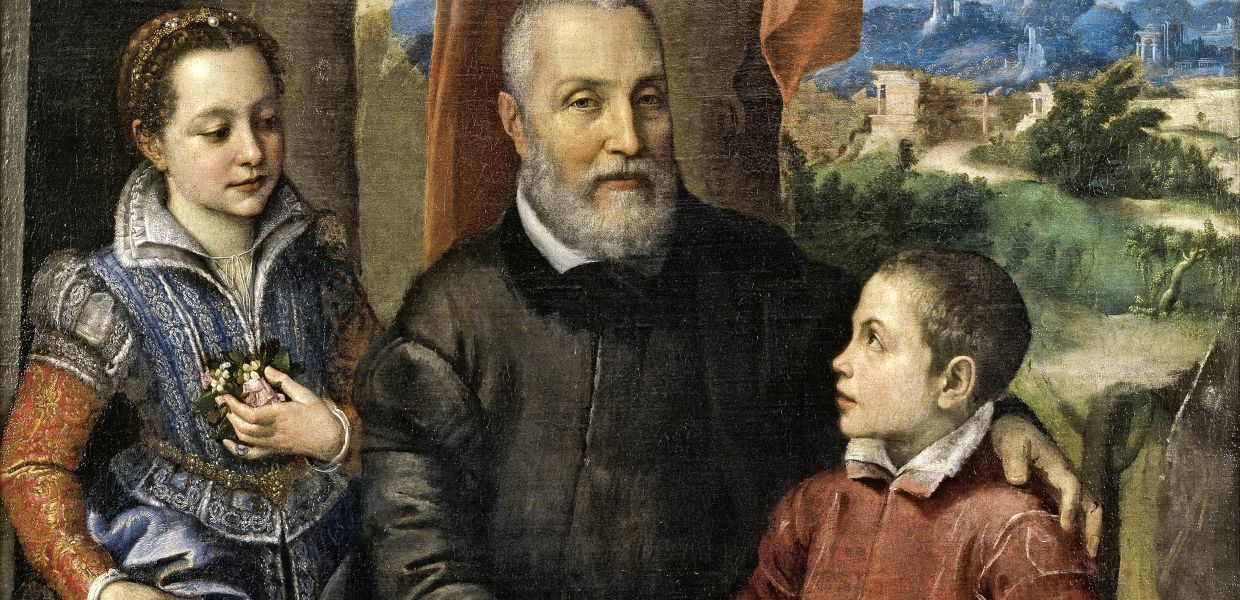We asked educators how they want to use digital cultural data and this is what they told us
We believe that a stronger link between the cultural and education sectors is both vital and mutually beneficial. That’s why, over the last year or so, we (the Europeana Foundation’s Reuse team) have been asking questions to our educational audiences and listening carefully to their answers.
The information we have gleaned will help data providers to better understand and cater to the needs of teachers and students by providing high-quality cultural data in relevant formats and on relevant topics. This will translate into more happy educators and more inspiring examples of reuse of their collections in educational settings of all types.
Who did we talk to and how?
In 2018, we interviewed around 500 educators from across Europe in over 15 surveys following workshops, webinars and presentations. The aim was to understand their preferences for using digital cultural data in education and to find out how likely they were to recommend the use of Europeana resources to their peers, to their students, and whether they would really use Europeana material in their classroom.
We got qualitative and quantitative data from our DSI-3 project partners’ reports. These included qualitative feedback from the educators in the Europeana Teacher Developer Group (n18) and User Group (n60) as well as from the 15 French teachers selected by the Ministry of Education, France, all of whom have created and implemented learning scenarios with Europeana content.
Two massive questionnaires, the Europeana MOOC’s pre-survey in April 2018 with a total of 719 respondents, and the survey to French national portal Eduthèque’s users that ran between January and March 2018 with a total of 1,581 respondents gave us more quantitative data to analyse.
Finally, we collected information on the usage, drivers and barriers to integrating our content in education in direct conversations with teachers and educational stakeholders during the events we have organised or attended. Since September 2017, these amount for 18 events in nine European countries, from smaller teacher workshops to international and renowned educational conferences, such as BETT and Open Education Berlin.
What did we find out?
After careful analysis of the data, we are happy to share our main findings:
Educator profile
The average educator interested in Europeana resources is a professional in secondary education, with more than ten years of experience, teaching history, languages and science-related subjects, and eager to bring innovation into their practice. About 30% of teachers we spoke to work in primary education, which is a promising niche to explore.
Enthusiastic teachers
Most of the educators weren’t aware of Europeana and its resources for education at the outset. But their first encounter with our collections sparked enthusiasm and very positive feedback.
We consistently measured teachers’ willingness to recommend Europeana resources to their peers and students using the Net Promoter Score (NPS) scale (-100 to +100) and the likelihood of using Europeana material in their classroom on a scale from 1 to 10. The respective scores are 63 NPS for peers, 56 NPS for students and 8 for usage in schools which paint a bright future for culture and education.
Content preferences
Teachers are mostly interested in Europeana’s thematic collections and the general search functionality. Less popular resources are the exhibitions, galleries and the ready-to-use material (e.g. apps, e-books or learning platforms).
Educators have a clear preference for audiovisual items, particularly images and videos, and they would like to find more 3D content to create engaging learning experiences (see example below).
Topics
Art and history are the most popular school subjects that teachers are searching for on Europeana Collections, but there is an increasing interest for more science-related content, like physics, mathematics and technology. Our surveys provided a long list of keywords and topic suggestions which will inform future content curation on Europeana Collections, with the first example being the forthcoming Science Collection in spring 2019.
Usage patterns and preferences
Educators like to browse by topic/subject (e.g WWI, Ancient Egypt, the relativity of time) or object type (e.g manuscript, map, artwork). They also appreciate having extra information on the item page - topic/subject-related items (similar items) and/or education-specific (e.g. a learning activity or a resource). What’s more, they are very interested in creating and sharing their own collections and learning scenarios on Europeana.
Teachers also manifested their interest in having more language options, either in the website’s functionalities or in the availability of translated learning material.
It was also valuable to know that teachers consider Europeana Collections a safe environment for their students and that our resources facilitate project-based assignments, fostering the collaboration, critical thinking and communication skills necessary for the 21st century.
Trends
Other relevant feedback gathered at events and in informal conversations showed a strong interest for virtual reality and mixed reality educational applications and a demand for more STEAM (science, technology, engineering, arts and mathematics) and CLIL (content-language integrated learning) pedagogical material. Both are pedagogical approaches for which Europeana Collections can play a role as a multilingual and cross-subject platform.
Students feedback
Some of the teachers from the Europeana Developer Group also gathered their students’ impressions when using Europeana resources. The most relevant takeaways are that using primary sources and historical documents is especially engaging for students and that accessing complementary content from other countries via Europeana Collections helps them to enrich their assignments.
Conclusion - we’re on the right track
The summary field data and the findings gave us even more confidence in the strategic match between culture and education. They are already being used to guide the relevant Europeana operations and providing insights that Europeana Network Association can use to support digital transformation through culture in education on a larger scale.
We aim to continue collecting data and publish updated findings on an annual basis. Stay tuned!



